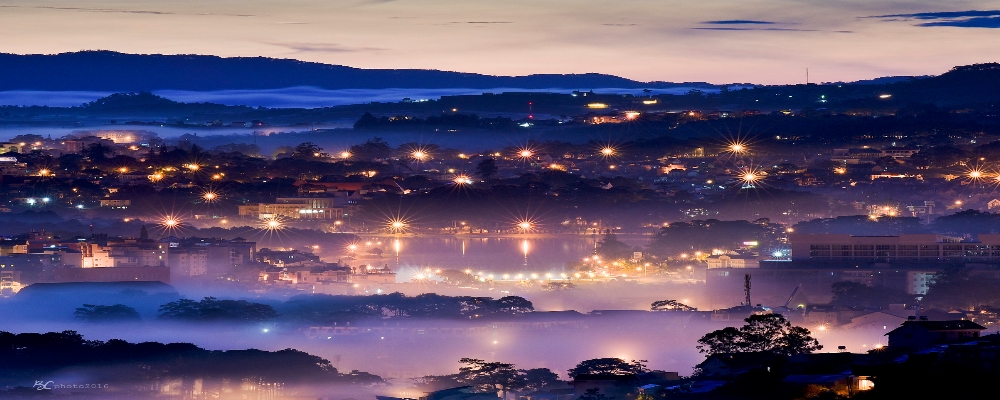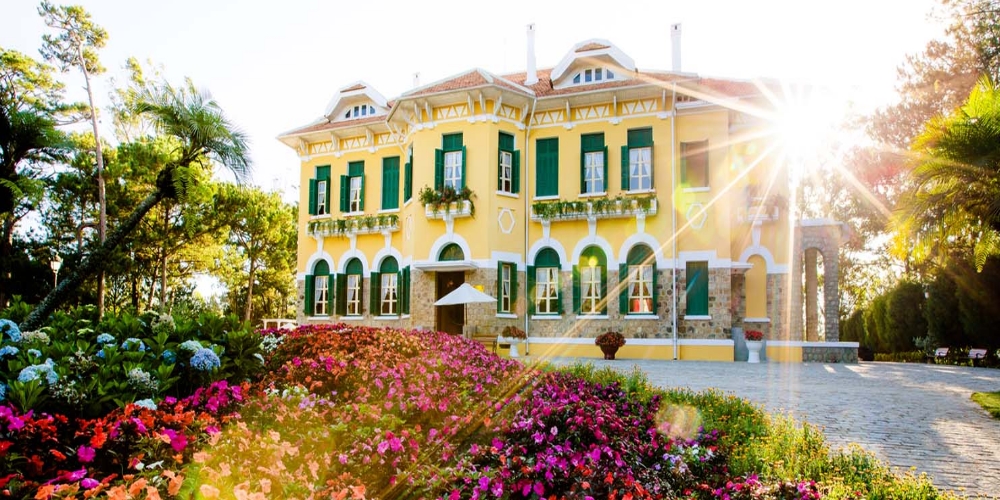- Posted on
- By indrek
- In Vietnamese cities

Discovering the Charms of Dalat city: History, Natural Beauty, Cuisine, Accommodation, and Culture
Dalat city is a charming and picturesque, located in the central highlands of Vietnam. Known for its cool climate, scenic landscapes, and vibrant culture, Dalat city is a popular destination for both domestic and international travelers. In this blog post, we’ll explore some of the best things to see and do in Dalat.
History and Culture: Dalat has a rich history that dates back to the French colonial era. The city was founded in the early 20th century by French colonizers who sought to escape the hot and humid climate of the coastal regions. The French left a significant impact on the city’s architecture and culture, which is evident in the numerous villas, gardens, and public buildings.
Today, Dalat city is a vibrant and multicultural city that celebrates its history and culture through various festivals and events. One of the most popular festivals is the Dalat Flower Festival, which takes place every two years and celebrates the city’s floral abundance.
Natural Beauty: Dalat city is blessed with stunning natural beauty, with its lush forests, serene lakes, and rolling hills. The city’s temperate climate and cool temperatures make it an ideal destination for outdoor enthusiasts, with a range of activities available year-round.
One of the most popular natural attractions in Dalat is the Lang Bian Mountain, which offers panoramic views of the surrounding countryside. Visitors can hike or take a cable car to the summit and enjoy the stunning views of the valley below.
Another popular attraction is the Xuan Huong Lake, which is located in the heart of the city. The lake is surrounded by lush gardens and walking paths, making it a popular spot for a leisurely stroll or a picnic.
Cuisine: Dalat is renowned for its unique cuisine, which blends Vietnamese, French, and ethnic minority influences. Visitors can sample a range of local dishes, including banh mi op la (a Vietnamese-style baguette with fried eggs), nem nuong (grilled pork sausage), and banh trang nuong (grilled rice paper).
One of the most popular food destinations in Dalat is the Dalat Night Market, which offers a range of street food stalls selling local delicacies such as banh mi, banh can (miniature rice cakes), and chè (sweet soup).
Accommodation: Dalat offers a range of accommodation options, from budget-friendly hostels to luxurious resorts. Visitors can choose from a variety of settings, including city center hotels, countryside villas, and mountain lodges. Some of the popular places to stay include the Ana Mandara Villas, the Sofitel Dalat Palace, and the Da Lat Edensee Lake Resort & Spa.
Culture and Arts: Dalat city is a vibrant cultural hub, with a thriving arts and crafts scene. Visitors can explore the city’s numerous art galleries, museums, and handicraft markets, where they can purchase local souvenirs such as silk scarves, pottery, and wooden carvings.
One of the most popular art destinations in Dalat city is the Crazy House, a unique architectural masterpiece designed by a local artist. The house is a whimsical blend of nature and fantasy, with winding staircases, hidden tunnels, and surreal sculptures.

Dalat's Fascinating History: From Colonial Roots to Vietnam War Battles and Beyond
Dalat city has a fascinating history that spans over a century. The city was founded in the early 20th century by French colonizers who sought to escape the hot and humid climate of the coastal regions. The French saw the potential of the highlands, with its temperate climate and fertile soil, as an ideal location for agriculture and tourism.
Under the French rule, Dalat became a popular resort town, attracting both European and Vietnamese visitors. The French built numerous villas, gardens, and public buildings, which gave the city its unique architectural style and cultural identity. Many of these buildings still stand today and are a testament to the city’s colonial past.
During the Vietnam War, Dalat became a strategic location for the American military, who established a base in the nearby mountains. The city also became a refuge for high-ranking South Vietnamese officials and their families, who sought shelter from the conflict.
After the war ended in 1975, Dalat faced significant challenges as the country underwent economic and social changes. However, the city’s resilience and cultural richness helped it to recover and thrive in the following years.
Today, Dalat is a vibrant and multicultural city that celebrates its history and culture through various festivals and events. One of the most popular festivals is the Dalat Flower Festival, which takes place every two years and celebrates the city’s floral abundance.
Visitors to Dalat city can explore the city’s rich history by visiting some of its most iconic landmarks, such as the Domaine de Marie Church and the Dalat Railway Station. The Domaine de Marie Church is a beautiful Catholic church that was built in the 1940s and features Gothic-style architecture. The Dalat Railway Station, built-in 1932, is a unique and elegant building that showcases the city’s French colonial heritage.
Another Dalat city must-visit destination for history buffs is the Bao Dai Palace, which was once the summer residence of the last emperor of Vietnam, Bao Dai. The palace is a stunning example of art deco architecture and features original furniture, paintings, and personal belongings of the emperor and his family.
In addition to these landmarks, visitors can also explore the city’s numerous museums, such as the Lam Dong Museum and the Dalat Historical Museum. These museums showcase the city’s rich cultural and historical heritage and offer insights into its past and present.
In conclusion, Dalat’s history is a fascinating and complex tapestry of colonialism, war, and resilience. Visitors to the city can learn about its past and present and gain a deeper understanding of Vietnam’s cultural richness and diversity. With its unique architecture, vibrant culture, and stunning natural beauty, Dalat is a must-visit destination for anyone traveling to Vietnam.
Read more: Mui Ne beach | Nha Trang city | Private transfers





